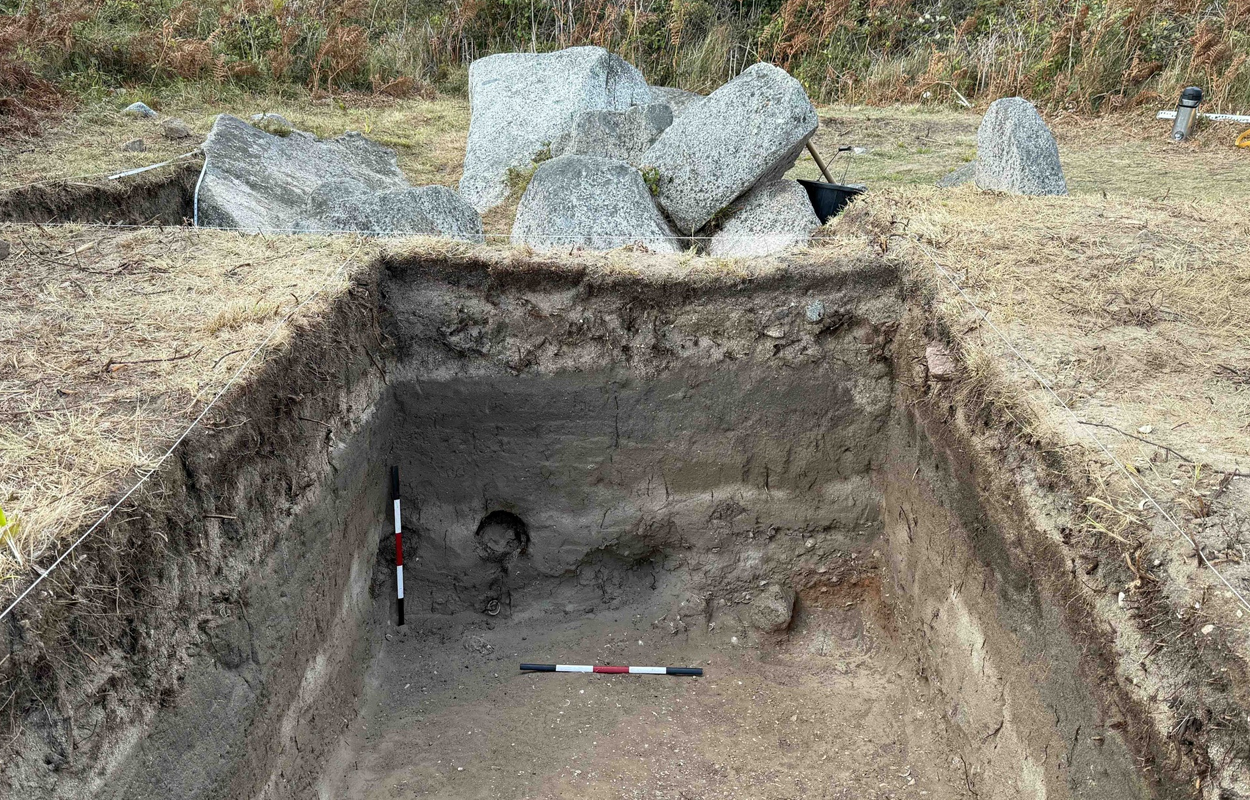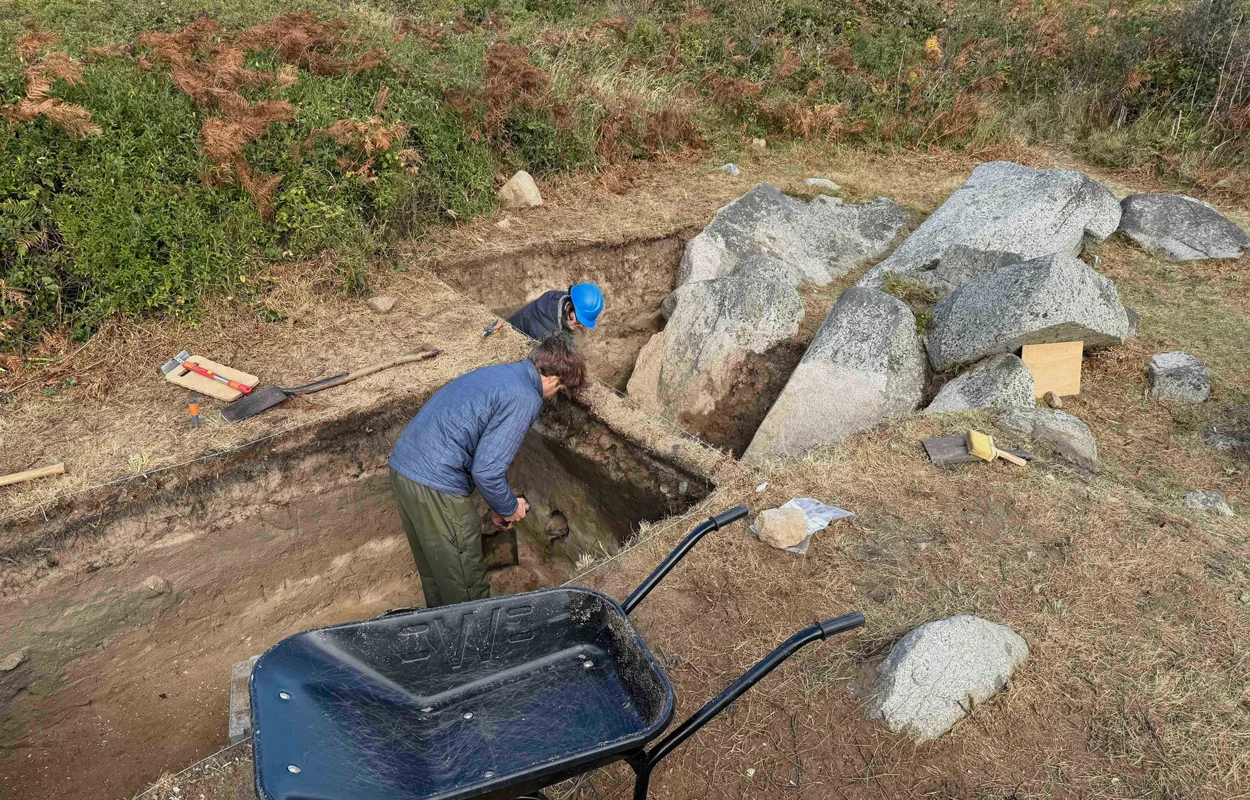Herm is one of the Channel Islands and part of the Parish of St Peter Port in the Bailiwick of Guernsey.
The first historical record of settlement on Herm dates from the 6th century AD when the island was a centre of monastic activity, however, human occupation dates as far back as the Mesolithic period between 10,000 and 8,000 BC.
Evidence of the island’s ancient past first came to light in the mid-19th century, when Guernsey antiquarian Frederick Corbin Lukis discovered several megalithic burial sites dating to the Neolithic period from around 5000 to 2500 BC.
“The number of tombs led experts to question whether remains of farms, field systems, or other megalithic structures might be hidden beneath the wind-blown sands that now blanket the Common,” said the Herm Island Administrative Office.

For the past 15 years, archaeologist Professor Chris Scarre of Durham University has been conducting a study to document the prehistoric landscape, revealing a large number of tombs and evidence of prehistoric farming.
More recently, Professor Scarre returned to Herm with Dr Hélène Pioffet of France’s CNRS to resume excavations at two major sites: a megalithic tomb at Robert’s Cross and a Neolithic settlement beneath the sandy path leading to Bear’s Beach.
In their latest findings, the structure of the tomb at Robert’s Cross was found collapsed, consisting of gigantic megalithic stones which experts have dated to 6,000-years-ago.
Meanwhile, excavations near Bear’s Beach uncovered postholes from Neolithic houses, potentially dating back 6,500 years – predating the island’s tombs.
Header Image Credit : Official Herm Facebook page
Sources : Herm





